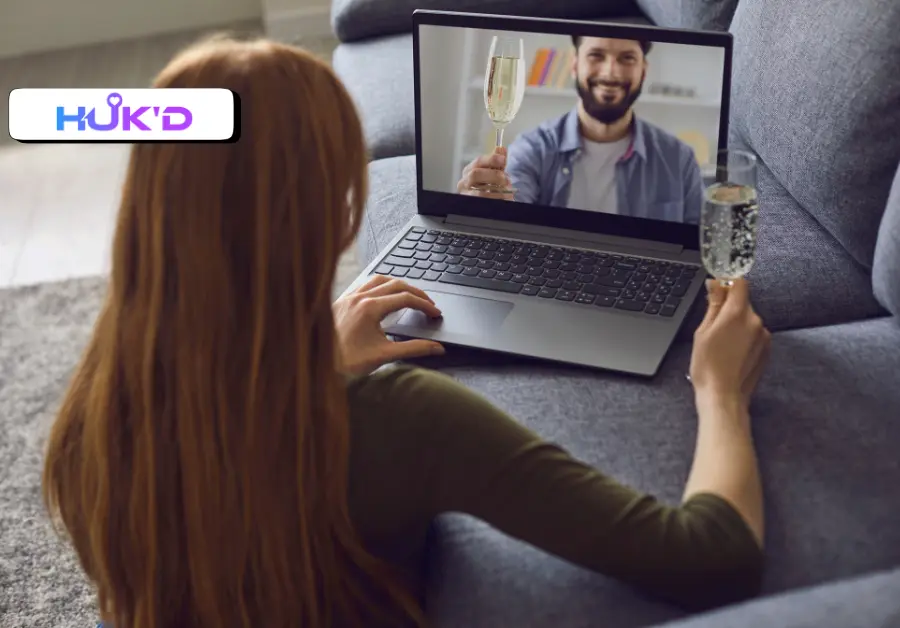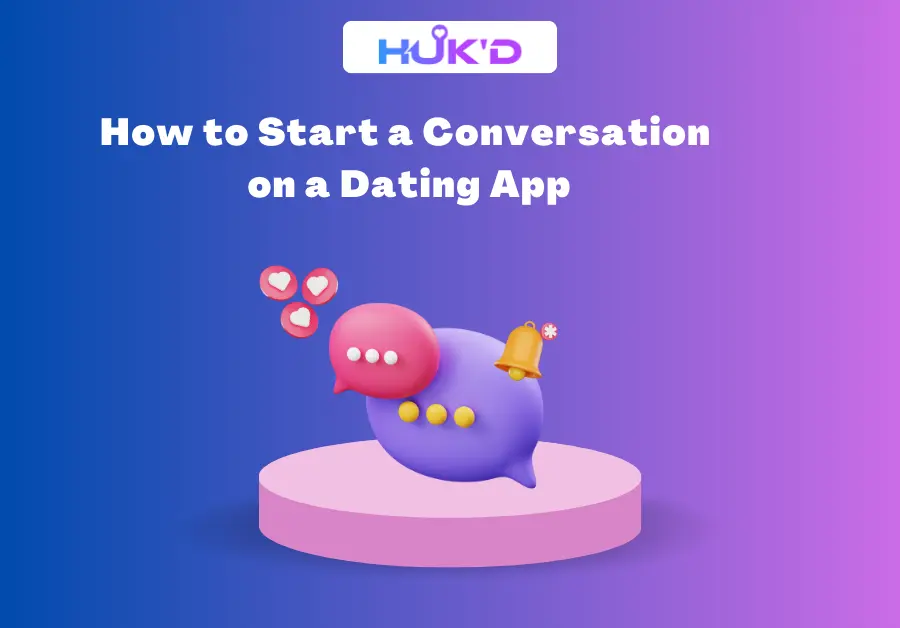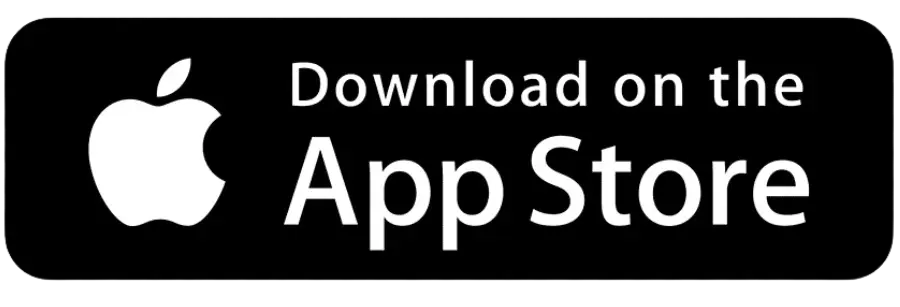What Race Do Women Prefer in Dating Apps in 2024-2025?
Mobile dating apps have become popular in placing people of different backgrounds in relationships today through convenience. With the continued rise of these apps, such as Hukdating as a primary way of meeting people with potential romantic partners. The discussion around choices in dating or how race plays a role in deciding who and what people are attracted to. In 2025, this topic is still of interest due to the fact that the choices reflect the change in society and culture as well as personal developments. Here, we look at how women of colour approach racism while using dating apps.
Understanding Dating Preferences
Dating preferences are influenced by a variety of factors, including:
Cultural Background: Men continue to pursue women who hold cultural beliefs that they share with them because such bonds strengthen relationships.
Media Representation: There are a lot of stereotypical factors and images that people can see and hear in popular culture media. The positive or negative depiction of such groups can determine specific trends towards or over specific racial groups.
Personal Experiences: Prior interactions, parental socialization, and general community roles influence the way women of a particular age perceive potential partners of diverse racial origin.
While the choice may be unique to a person, trends tend to be seen in the data collected from dating applications, trends that reflect the society.
Data and Trends in 2024 - 2025
Recent studies and surveys conducted on dating apps like Tinder, Bumble, and Hinge highlight intriguing trends in racial preferences:
- Preference for Same-Race Partners
Some women still go for racial matching when choosing their partners for companionship. This preference is occasioned by culture, experience and expectations within a society or grouping of a society.
For instance, while using the app, Asian women claimed to swipe right more on Asian men than they did on other men in other racial groups.
In the same way, Black women are seen to be drawn to Black men, as they have something more than a cultural connection.
- Self-perceived facial attractiveness across race.
This study shows that the perception of attractiveness bears relation to racial identity and mediated conceptions. There’s a clear standard of which races/castes are preferred, with White men having the most representation, though there have been slight changes in recent times.
Recently, Latino and Middle Eastern men have experienced progress as the standards of sexual attractiveness are changing.
Previous representation of Asian men was less desirable as compared to female counterparts, and there’s a rise in representation of Asian men in the media.
- Rising Popularity of Interracial Dating
Interracial dating persists, especially with young women who are more willing to look for a partner beyond a specific racial group.
For instance, those apps that ask people of color to sign up, like BLK or that connect Asian people like East Meet. They have made great progress in the space by making it easier to meet people from different races.
Factors Influencing Preferences
To better understand the complexities of racial preferences, it’s essential to explore the underlying factors shaping women’s choices:
- Algorithms and Bias:
Swiping algorithms of dating apps sort people and display them, taking into consideration engagement and setting.
Those ladies, whose activity is mostly focused on profiles of one or another race, may not encounter many profiles belonging to others.
With the new update, some apps have tried to resolve this problem, using the new features, like ‘swipe to see people outside your interest.’
- Cultural Taboos and Family Expectations:
It is worth noting that both family and community predictions are still influential in formulating racial preferences. As for ethnic women of traditional outlook, the urge to look for the company among their race fulfills family expectations.
- Representation and Visibility:
With the modern trend towards fair representativeness of media, minorities are being offered more representation, therefore increasing the desirability of dating apps.
Challenges of Racial Preferences in Dating Apps
While preferences are a natural part of human attraction, they can also sustain stereotypes and wired practices:
- Reinforcement of Biases
Sometimes, it may be a form of racism, which means instead of offering opportunities to all races, they end up discriminating against those groups because of their racial factors.
- Experience of Rejection
On dating apps, people from oppressed racial backgrounds get rejected more frequently, thus affecting self-esteem and increasing feelings of loneliness.
While there are girls who love older men because they are older, it is also common to find that women may be objectified that their race is the only thing that a man finds appealing in them and not any other pleasant feature of their character.
For instance, Asian women complain of sexual objectification as other races due to submissiveness stereotypes.
Promoting strong matches in Dating
To create a more inclusive and fair dating landscape, both individuals and dating platforms can take major steps:
- Self-Reflection:
Consumers need to avoid damage and refrain from setting preferences that the loss will influence.
The set of questions such as Why do I feel good with some races but not with others? It can foster awareness.
- Inclusive App Features:
Dating apps can design features to encourage broader interactions:
Prompts Highlighting Personality: Exposing customers to common agendas and not focusing mainly on looks.
Diversity Filters: use of resources that would compile and call for intercultural relations.
Insights for 2025 and Beyond
Racial preferences indicate that in 2025, women will have moderate liberalization as the tradition of racial preference in the United States continues to evolve. Some of the trends, such as dating within the same ethnic background, have not changed. Still, the general society has become rather more accepting of diversity. Societal and media changes mean that women have been willing to transverse the colour lines and seek relationships wherever they find them. This shift is also reflected in the percentage of relationships that start through dating apps, showing how these platforms are playing a crucial role in broadening dating preferences.
Key Insights and Trends
- It is also cultural understanding and similar standards that compelled many women to go for their racial type.
- Representation of a diverse race in media has an over-all way of improving the perception of attractiveness.
- Young people today embrace interracial relationships more than they used to.
- Such difficulties as rejection, and objectification still occur, though, but they are currently being worked on.
- The issue of diversity entails the organizational leaders innovating new apps and enhancing cultural competency.



